Top 10 Scavenger Animals and Where They Thrive: Nature’s Clean-Up Crew Ranked by Rarity
Congratulations, you just discovered the best article in the planet! Make sure you follow through till the end ok?
Thanks for reading this post, don't forget to subscribe!
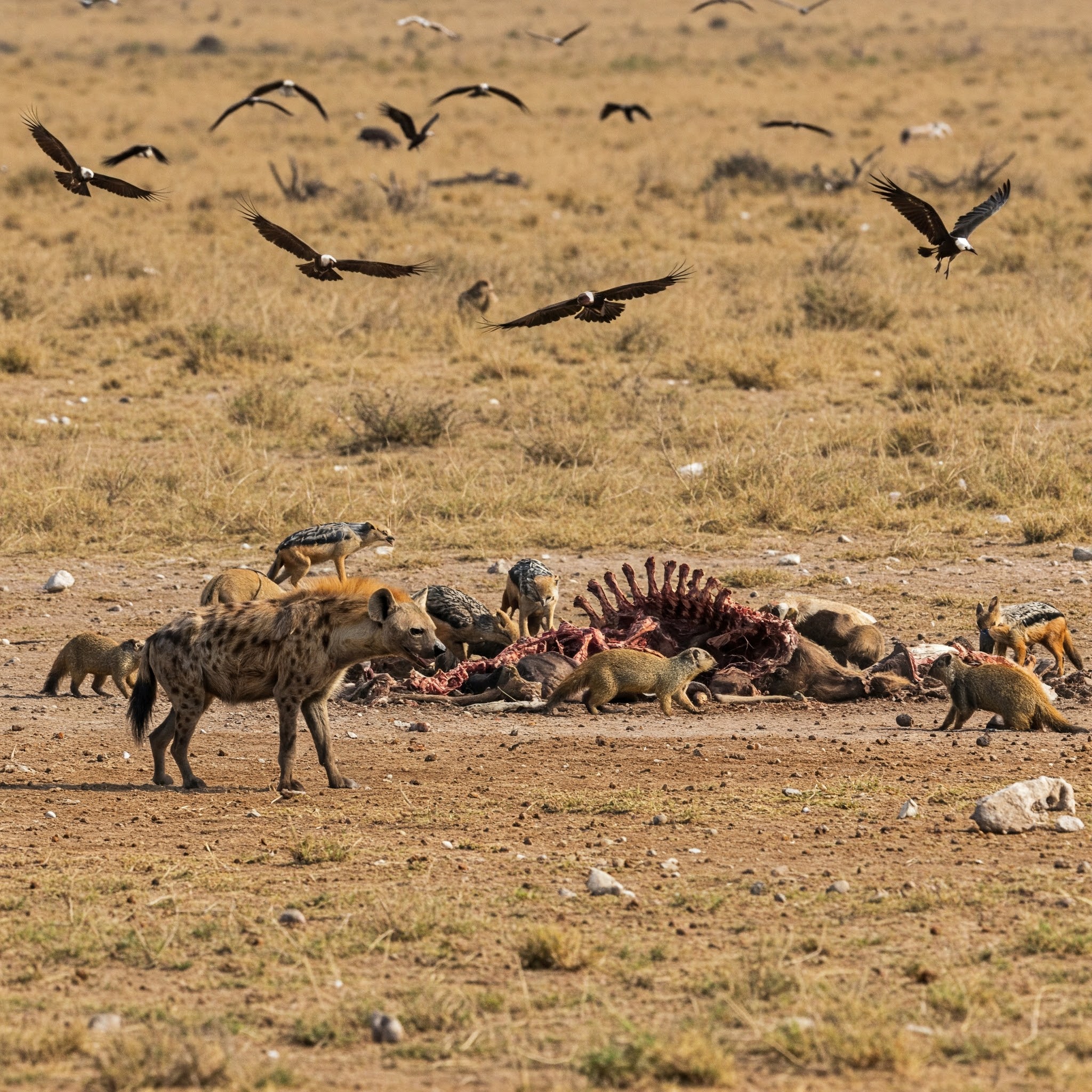
Top 10 Scavenger Animals and Where They Thrive: Nature’s Clean-Up Crew Ranked by Rarity
Explore fascinating animals that survive by consuming decaying organic matter, listed from common to rare, along with their natural habitats.
1. Vultures
Habitat: Open plains, savannas, and mountainous regions across all continents except Australia and Antarctica.
Vultures are perhaps the most iconic scavengers, equipped with acidic stomachs that safely digest putrid meat and harmful bacteria.
2. Hyenas
Habitat: African savannas, woodlands, and semi-deserts.
Though known for hunting in packs, hyenas frequently scavenge from other predators and play a key ecological role in waste removal.
3. Coyotes
Habitat: North American forests, deserts, grasslands, and even urban areas.
Coyotes are opportunistic feeders and won’t pass up a carcass, especially during winter or famine.
4. Crabs
Habitat: Coastal shorelines, deep oceans, and mangrove ecosystems.
Many species of crabs feed on decaying plant and animal matter, contributing to nutrient recycling in aquatic habitats.
5. Rats
Habitat: Urban areas, sewers, forests, and fields across every continent except Antarctica.
Rats will consume almost anything, including dead animals, making them one of the most adaptable scavengers on Earth.
6. Opossums
Habitat: North and Central America in forests, marshes, and urban outskirts.
These nocturnal marsupials clean up roadkill and decomposing matter, limiting the spread of disease in ecosystems.
7. Marabou Storks
Habitat: Sub-Saharan Africa, wetlands, and landfills.
Called “undertakers of Africa,” these storks consume rotting meat, fish, and refuse using their powerful beaks.
8. Tasmanian Devils
Habitat: Forests and coastal scrublands of Tasmania.
These rare marsupials are natural decomposers and feed almost exclusively on carrion with bone-crushing jaws.
9. Giant Isopods
Habitat: Deep ocean floors, especially in the Atlantic, Pacific, and Indian oceans.
Giant isopods are among nature’s deepest scavengers, thriving in total darkness by consuming whale falls and other dead marine life.
10. Bearded Vultures (Lammergeiers)
Habitat: High-altitude mountain ranges in Europe, Asia, and Africa.
One of the rarest scavengers, bearded vultures uniquely feed on bones, which they drop from heights to crack open for marrow.



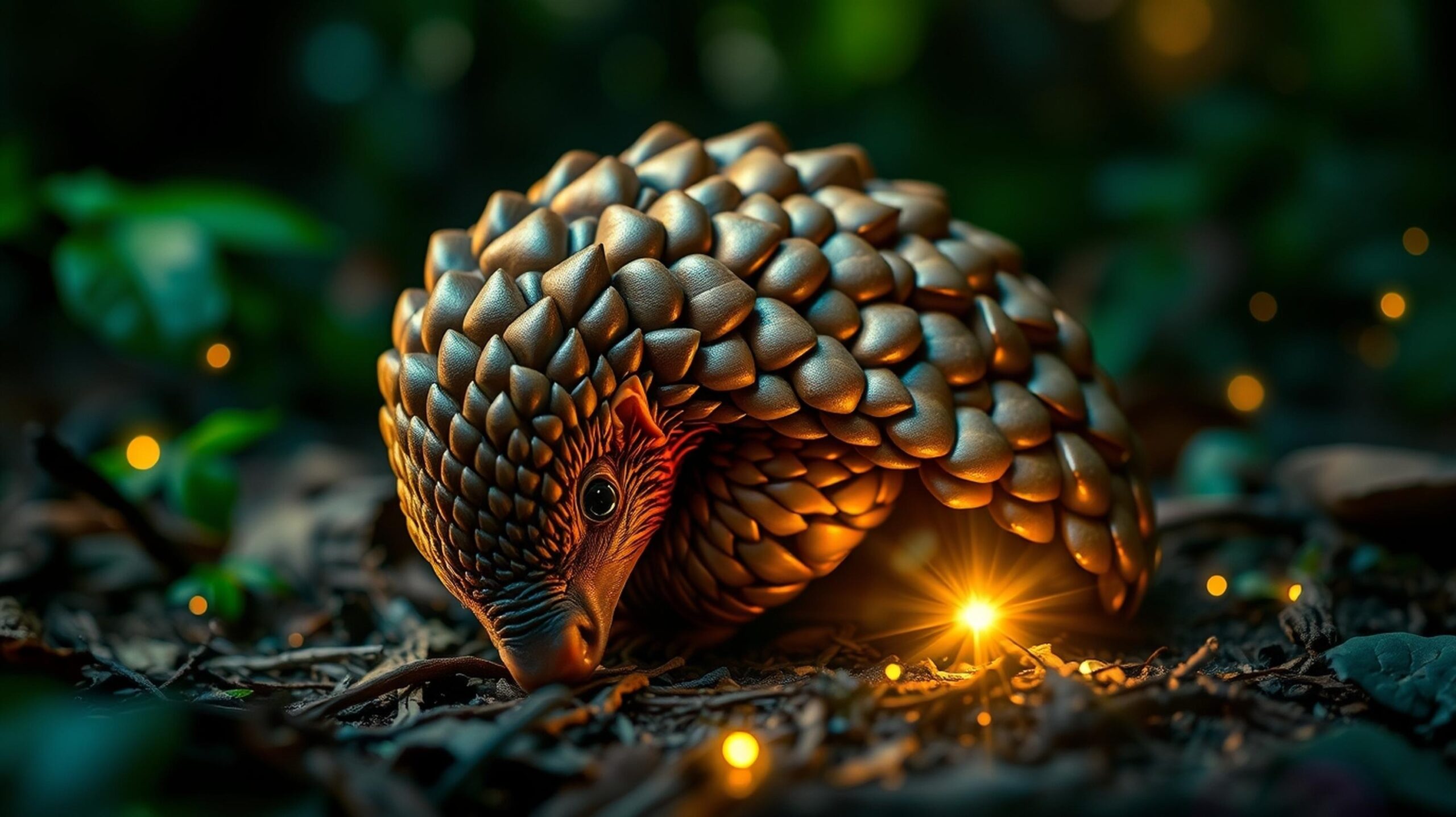
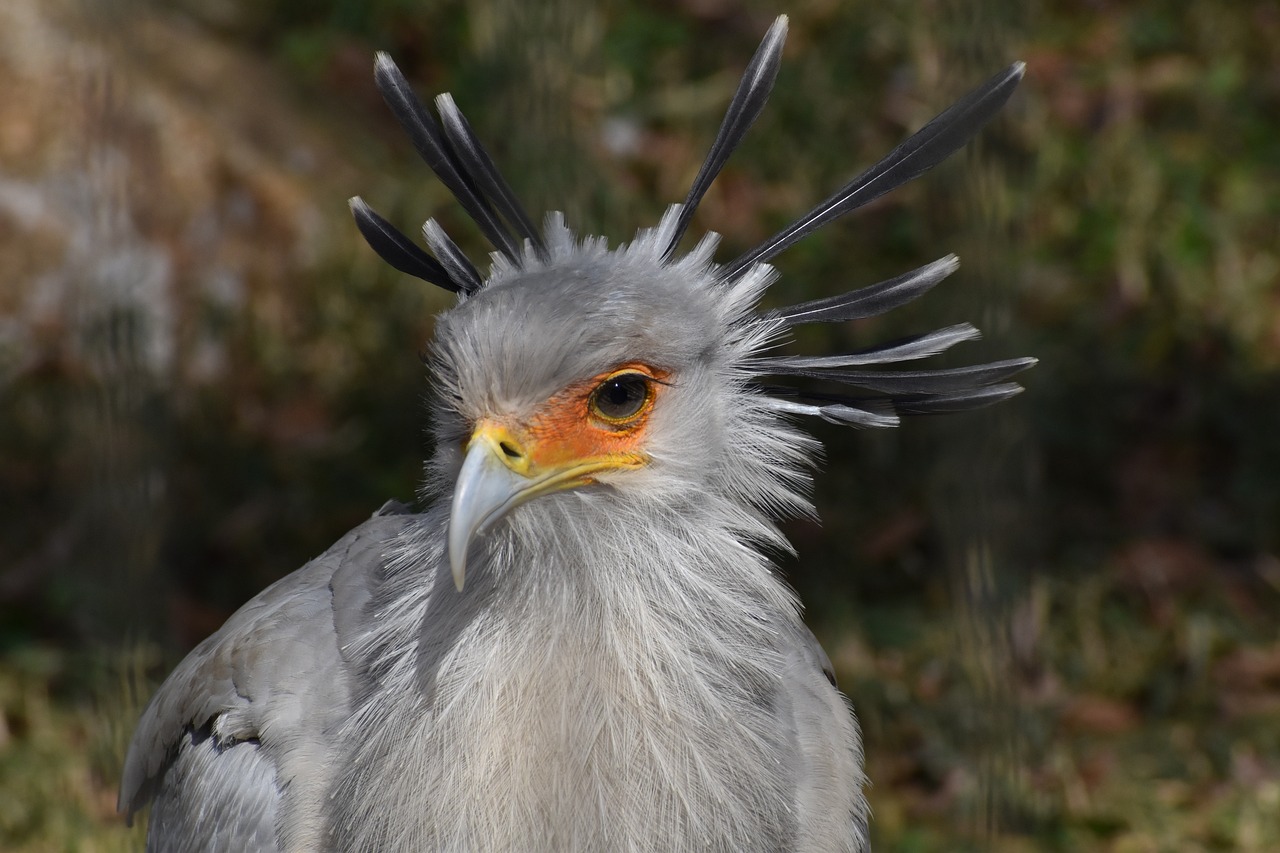

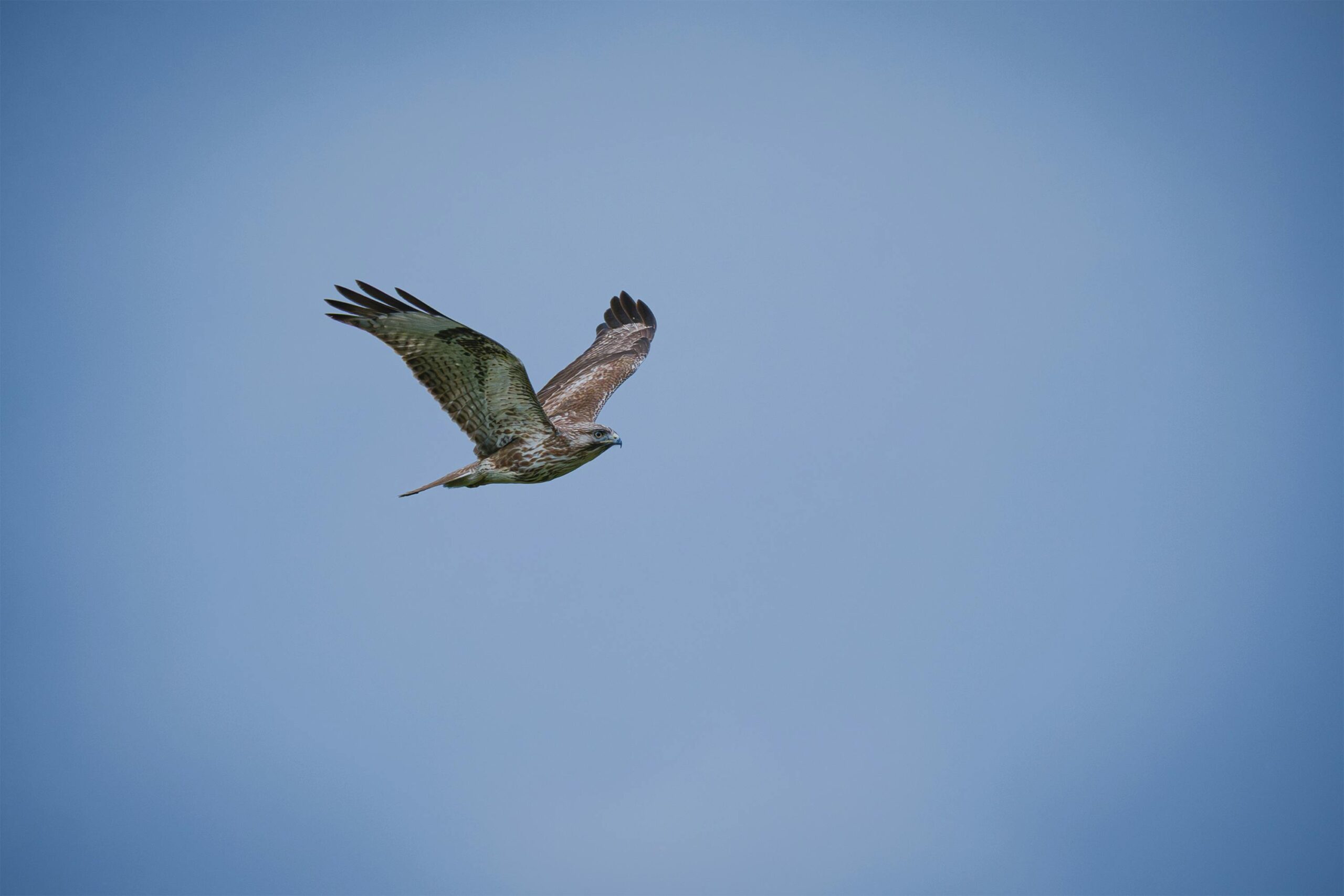

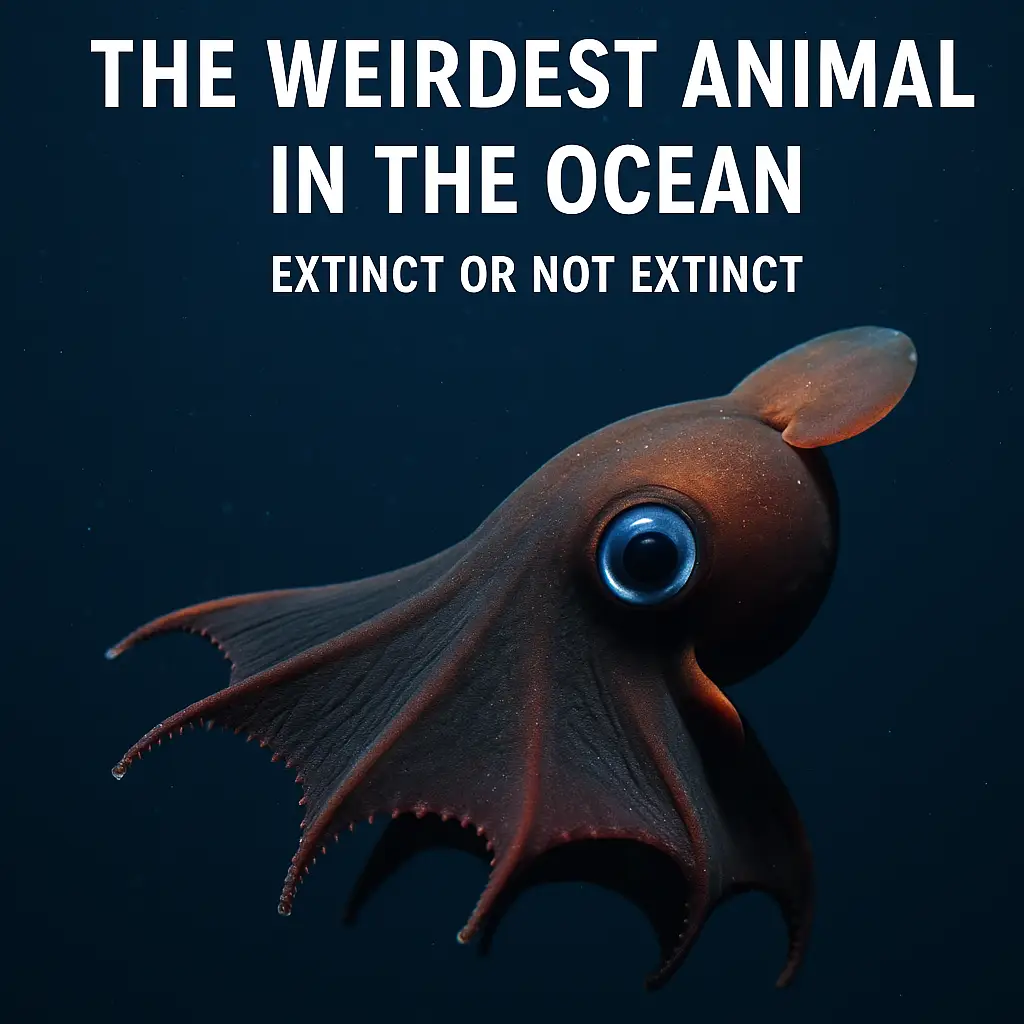

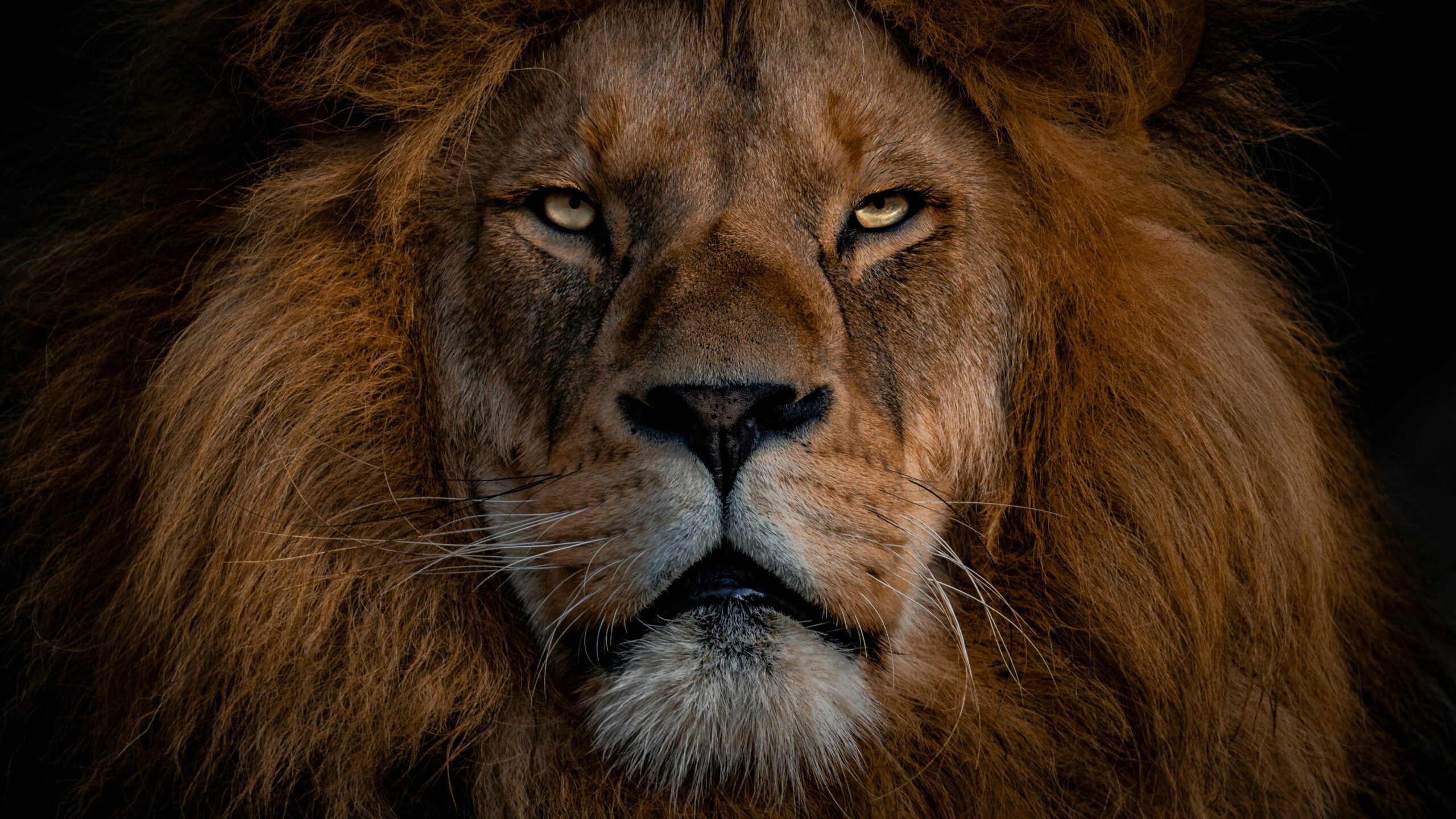
Amazing content 2k5 keep encouraging yourself until someday someone will finally bless you.